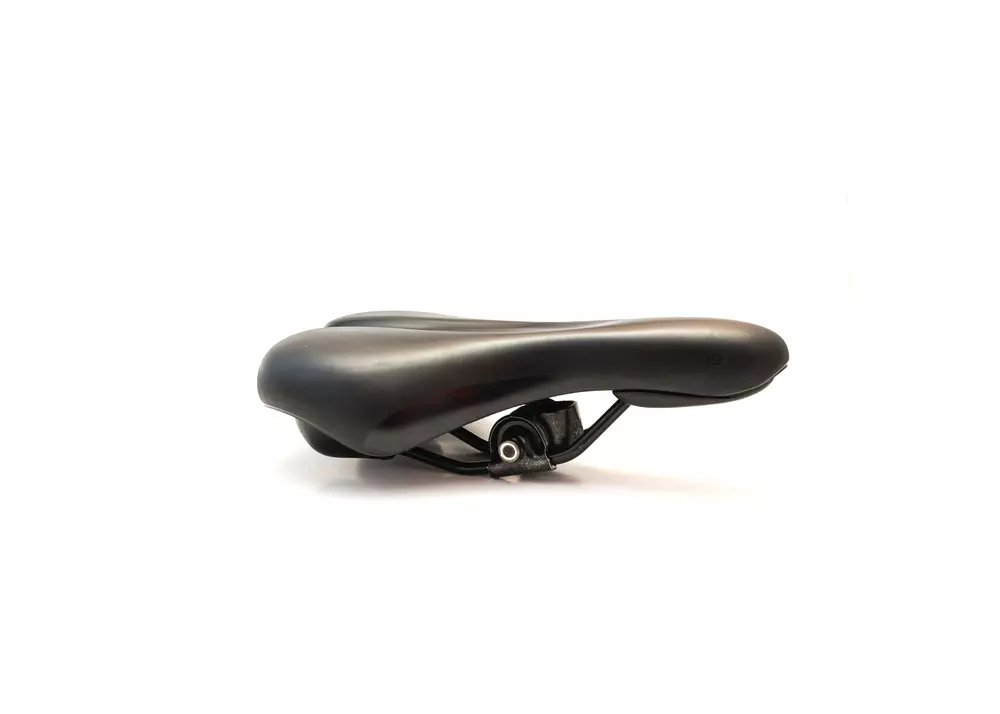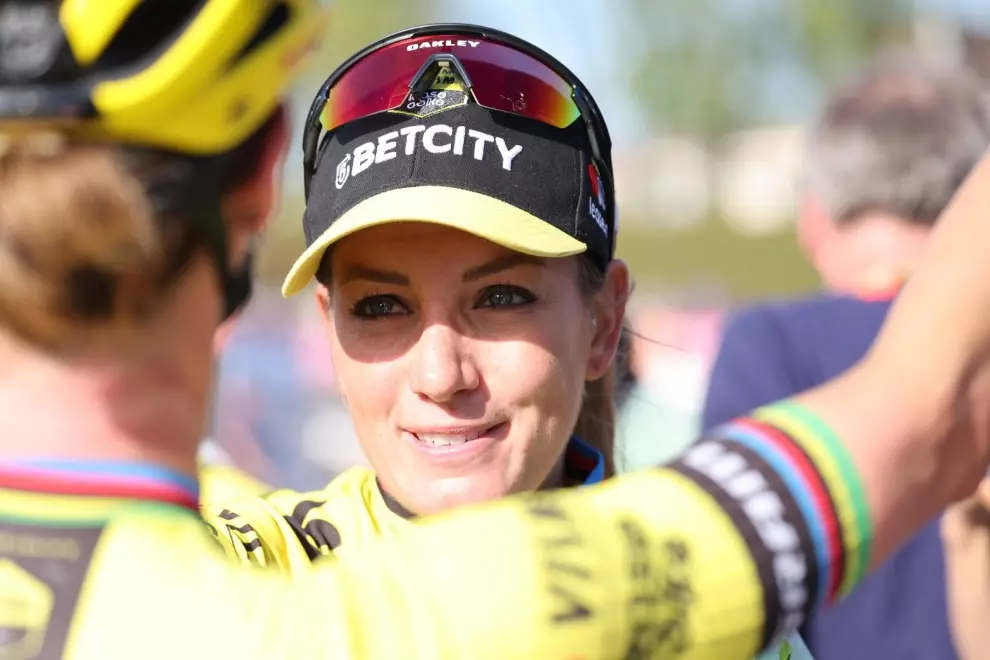Fortunately, the ‘shrink it and pink it’ model for creating bikes specific to the female form (and just about anything) is fading into the distant past. Once upon a time, bikes for women would also be lower spec, and those looking for a high-performance bike would opt instead for a unisex bike. While this is definitely still an option, the range is much better and there are now many choices for a women’s-specific bike. The question is, which suits you best?
There are two different types of women’s-specific bikes on the market:
1) A unisex frame with parts altered slightly to better suit a woman’s physical form. There may be a smaller size on offer to cater to the range of female cyclists, with different parts available or that can be altered, such as the saddle, handlebars and suspension, when compared to a men’s bike. Brands such as Trek and Specialized suggest that the data from their own bike fits show that there is not enough of a difference between the genders to warrant an entirely different frame, so this is the route they tend to go.
2) Women’s-specific frames and components built from data using women’s bodies. These bikes take into consideration the differences in limb lengths and weight distribution, resulting in a frame which is more suited to the female form. Brands such as Liv and Canyon work with this model in mind. If the bike you want isn’t available in a women’s-specific fit, then there are certain adjustments you can make to a unisex bike so that the bike can suit your body. So, we’ll consider the things that a bike should have tailored to enable the most comfortable fit.
Frame
You will probably want to start by ensuring you have the correct-sized frame. Brands will often provide a height range for each size of bike, but it’s worth sitting on one and going for a test ride before you buy.
Saddle
The difference between men’s and women’s genitalia is the most obvious of physical differences, and the shape of your saddle should reflect this. It’s worth remembering that every woman is different too, so what works for one might not be comfortable for another. It’s worth trying different saddles to see what works for you. Most bike shops will offer a saddle-mapping service to determine the best fit.

Brake levers and shifters
Women tend to have smaller hands than men. Riding a unisex bike with brakes and shifters built for the male form can leave those blessed with shorter fingers feeling as though they’re stretching and struggling to shift or brake. Long descents with extended fingers can feel like hard work, so it can pay to move your levers closer to the handlebar to enable quick and easy braking and shifting.
Handlebars
Handlebars on men’s and women’s bikes are likely to be slightly different due to men generally having broader shoulders than women. This means for the optimum comfort, a woman will want to have her hands closer together, enabling better control over their bike.
Cranks
Cranks can come in varying lengths between 160mm up to 185mm and will vary depending on the size of the bike. It’s likely that the smaller the bike, the shorter the crank length. But you may want to test different sizes to see what works best for you.
Suspension
On a mountain bike, you may want to look at adjusting the suspension. The average woman is lighter than the average man and so suspension adjustments can help cater to this difference. This can help if the suspension feels too hard and isn’t reacting as well as it could.
Ultimately the answer to whether you need a women’s-specific bike is entirely unique to the individual. To get the bike most suited to your body, you should choose one exactly for that, for you, whether female or not. Test-riding both unisex bikes and women’s-specific bikes will give you an answer, but you at least know now the kind of subtle differences you’re looking for to help fine-tune your perfectly fitting bike.




